Pull-Ups vs. Diapers: What’s the Difference?
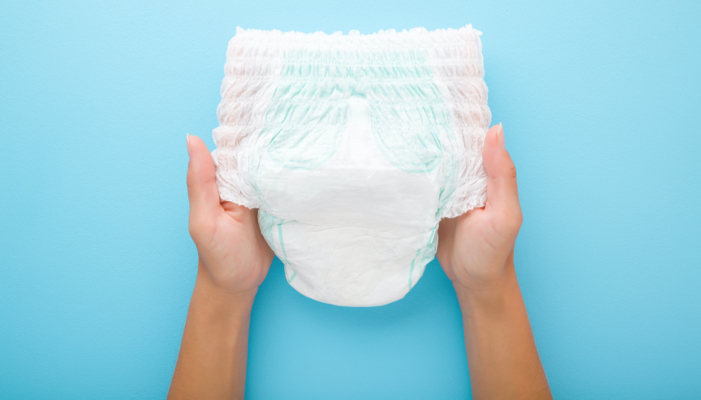
- Diapers and pull-ups are the same in many ways, but parents may transition to pull-ups for different reasons as their baby grows into a toddler.
- The biggest differences between diapers and pull-ups are in the design, price, and range of sizes.
- Diapers and pull-ups each have pros and cons depending on your baby’s age, level of activity, and readiness for potty training.
They look similar and the same companies make them—so is there really a difference between diapers and pull-ups? Is there a particular age when you should transition your baby from one to the other? And do you have to use pull-ups to potty train?
There are so many brands and types of diapers and pull-ups to choose from, it can be hard for parents to know what the difference is or whether there’s even a difference at all. When it comes to diapers vs. pull-ups the most important thing to consider is what’s easiest for you and the most comfortable for your child for the developmental stage they’re in.
Things like absorbency, price, size, convenience, and your baby’s age will all be part of your decision to start using pull-ups or to stick with diapers.
What’s the Difference Between Pull-Ups and Diapers?
Pull-ups and diapers basically do the same job. The main difference between them is their design. Pull-ups have an elastic waistband and leg bands which makes it easy for older babies and toddlers to pull them up and down like regular underwear. Pull-ups also come in a wide range of colors and designs which make them look like underwear. Many parents switch to pull-ups when they think their child is ready to start potty training because they find that they help ease the transition from diaper to potty.
Aside from the difference in how you get them on and off, there are other differences between pull-ups and diapers which might make you consider choosing one over the other.
- Comfort. Pull-ups are typically lighter and less bulky than regular diapers. Once your child starts moving, they might be more comfortable being active in their streamlined pull-ups. However, traditional diapers have tabs which allow you to fit them to your baby and they are also cut higher in the back. A snugger fit and higher back may actually be more comfortable for younger toddlers.
- Convenience. If you have a very active baby or are potty training a stubborn toddler who acts up during changing time, you might find it easier to do standing diaper changes using pull-ups. Since they don’t have tabs like regular diapers, pull-ups can make it easier to deal with a fidgety toddler on the changing table because they easily tear at the sides.
- Size. Most brands offer diapers ranging from size 1 for newborns to size 6 for babies over 35 pounds. Pull-ups come in a range of sizes for older babies and toddlers, starting at size 4 for 12 to 18 months all the way up to 5T for bigger kids over 50 pounds.
The range of sizes for older toddlers up to school-age kids allows parents flexibility for children who are potty training or older children who may still need help with nighttime potty training. Some parents find that larger sizes of pull-ups that look like regular underwear give potty training toddlers a sense of independence while also making accidents easier to deal with.
There are some new pull-ups on the market for younger babies, starting at size 3. These have the absorbency and shape of a diaper but no tabs to deal with, just like pull-ups.
- Price. Generally, pull-ups are more expensive than diapers, depending on the brand. However, some parents find the convenience of using pull-ups with active kids worth the extra expense. And since your child can pull them on and off when they go to the toilet, you may find that you use fewer pull-ups in a day than you would diapers with children who are potty training. So your cost per day on pull-ups might not be as much as you think.
- Absorbency. In the diapers vs. pull-ups debate, absorbency is a big issue. While many brands claim that their pull-ups are as absorbent as diapers, parents often disagree. Many parents find that pull-ups don’t work as well as traditional diapers for containing leaks overnight or bowel movements.
Pull-ups are also different from diapers in that they are designed to let children feel when they’re wet to signal that they need to get to the potty or toilet. This can be helpful when your child is ready to potty train. But not so comfortable and even irritating if your toddler hasn’t reached that stage yet.
- Help with potty training. Many parents use pull-ups along with whatever potty training method they find works for them. Because kids can pull them on and off and they look like underwear, some parents feel that pull-ups give their children a sense of independence and control when potty training. The switch to pull-ups signals to children that they are leaving diapers behind and moving to a new stage. But if they have an accident on their way to the potty, pull-ups also make clean-up more convenient for parents.
Pull-ups allow children to feel some wetness as well so they start to get the idea of what feelings they need to pay attention to when it’s time to use the potty. However, some parents prefer to use regular underwear instead of pull-up training pants for the opposite reason. Some parents find that accidents are so much more noticeable and uncomfortable in regular underwear that children will quickly learn to go to the potty when they need to in order to avoid them.
- Skin sensitivity. On a mobile and active child, a wet diaper can cause chafing and diaper rash. On the other hand, some children with sensitive skin might find the elastic in pull-ups irritating.
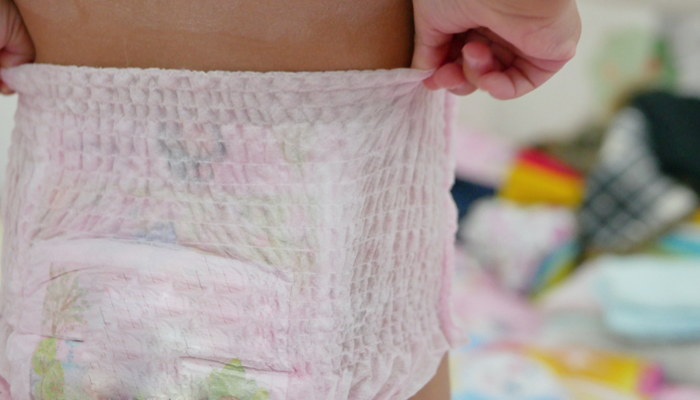
Are Pull-Ups Better Than Diapers?
Just like so many other questions in parenting, the answer to whether pull-ups are better than diapers is really entirely up to you and your child. You may choose to use pull-ups from the time your active baby can walk or because they wriggle and roll so much on the changing table that pull-ups are just easier for you to manage.
Or you may choose to use diapers all the way through potty training because you’d prefer to spend less money on disposable products and get your kids into regular underwear as soon as possible.
Whether you prefer diapers because they’re better for leaks, or you prefer pull-ups for potty training, you know what works best and is the most comfortable for you and your child.
At What Age Should I Switch from Pull-Ups to Diapers?
Typically, parents start the switch from diapers to pull-ups when their children are around 2 years old, the most common age to start potty training. When children start to understand how to use the toilet, pull-ups can help them feel more independent while making accident clean-up less inconvenient for parents.
Some parents start using pull-ups much earlier because they find that their active and wriggly baby is just more comfortable and easier to change while standing without fussing with tabs on regular disposable diapers.
You might find that you need to use more absorbent night-time pull-up pants with older kids who are already potty trained and don’t want to wear diapers but still have accidents at night.
Pull-ups are available in sizes from 12 months to 5 years old, so you can decide when the time is right to make the switch. Of course, some kids might never need pull-ups at all as they move out of diapers into underwear and are fully potty trained.
Pull-Ups vs Diapers: The Pros and Cons
| Pull-ups | Diapers |
| Pros: More comfortable for active babies and toddlers Can make changing fidgety babies and bigger toddlers easier Can be used with older toddlers and children with a range of sizes up to age 5 Helpful with potty training and encouraging independence | Pros: More absorbent Better at preventing leaks for active kids, during naps or overnight More cost-effective |
| Cons: More expensive than diapers Less absorbent and not as good at protecting against leaks Children may feel wet which isn’t useful if not potty training yet | Cons:Not as easy to use for potty training Limited sizes for older toddlers and children who may still need them Not as comfortable for very active or mobile children |
There are pros and cons to using pull-ups or diapers for your little one. It’s all about what works best for you and your child as they grow and develop. You may decide to stick with one product all the way through potty training up to using big kid underwear. Or you might find that you mix and match different products for day and night or to use for help with potty training. With so many products on the market to choose from, it’s easier than ever to find what you need to keep your baby comfortable, dry, and happy.
FAQs
Are pull-ups better than overnight diapers at night?
The main difference between pull-ups and overnight diapers is the snugness of the fit which helps to prevent leaks. Pull-ups use elastic around the waist and legs which can cause gaps and leaks, particularly at night.
Overnight diapers are extra-absorbent, with some brands advertising up to 12 hours of protection. But they also use tabs which allow you to fit the diaper snugly to your child’s body, making leaks easier to prevent.
Some brands of pull-ups offer an overnight version, like Goodnites, which are more absorbent than daytime pull-ups. These let your older child feel like they’re wearing big kid underwear without going back to diapers.
What’s the difference between pull-ups and Goodnites?
The difference between pull-ups and Goodnites is that pull-ups are designed for daytime use when a child might be using the potty or be changed several times.
Goodnites are pull-ups that are designed to be more absorbent for overnight use up to 12 hours when a child might not change out of them until morning.
What’s the difference between pull-ups and Pampers 360?
Pampers 360 are diapers that can be pulled on and torn off at the sides—just like pull-ups—but they don’t have the tape tabs of regular diapers. They have an elastic waistband like pull-ups, but they are cut to have a higher back like diapers. Additionally, they have the greater absorbency of diapers, but with the convenience of being easily put on and taken off like pull-ups. Pampers 360 are available starting at size 3 for younger babies.
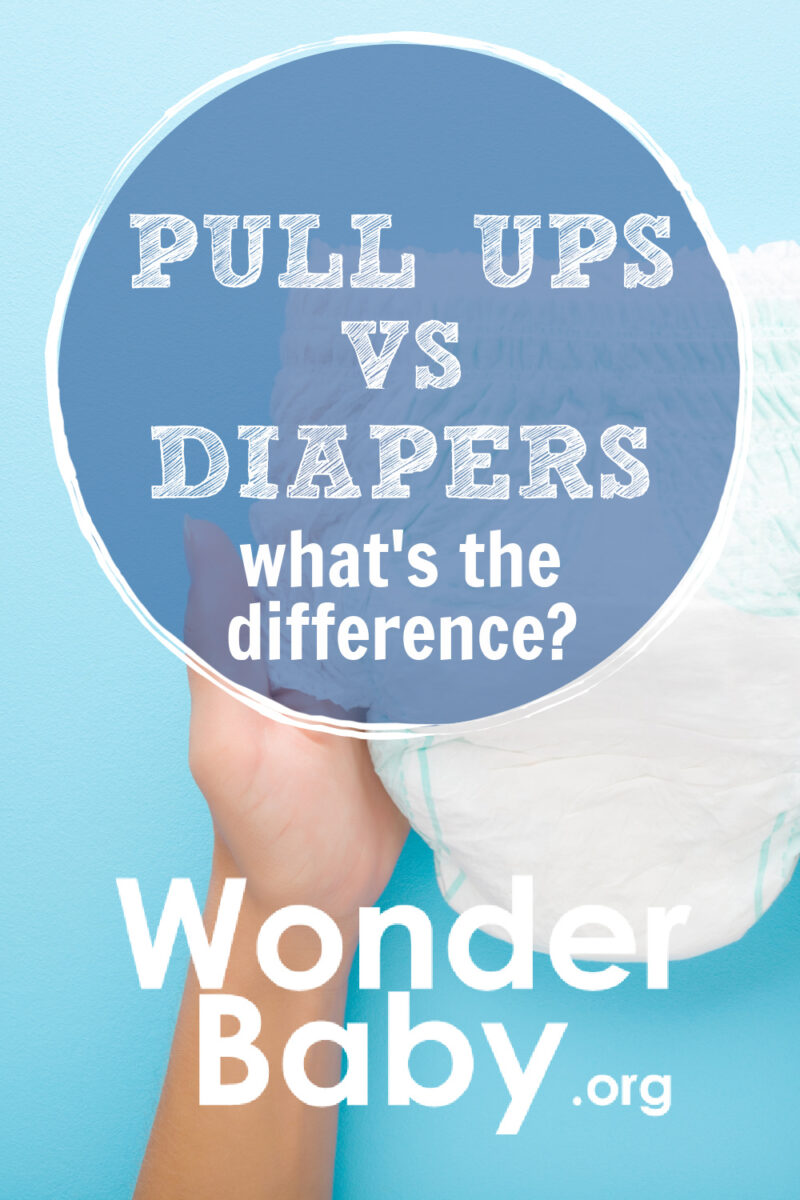
Related Posts
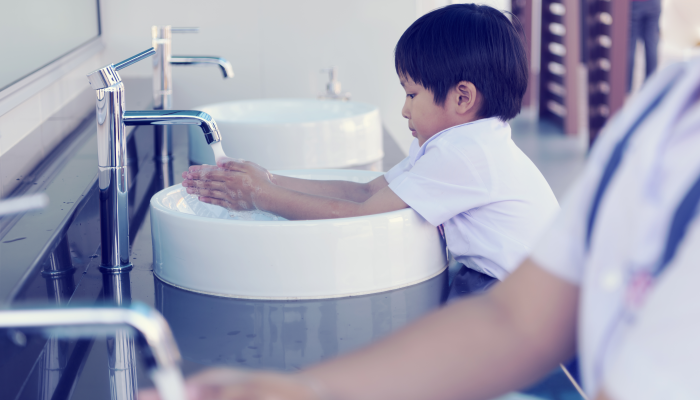
IEPs, Potty Training
7 Sample Toileting IEP Goals
Toileting IEP goals should address the specific needs and abilities of each child. Be flexible and patient as your child works on their toileting skills.
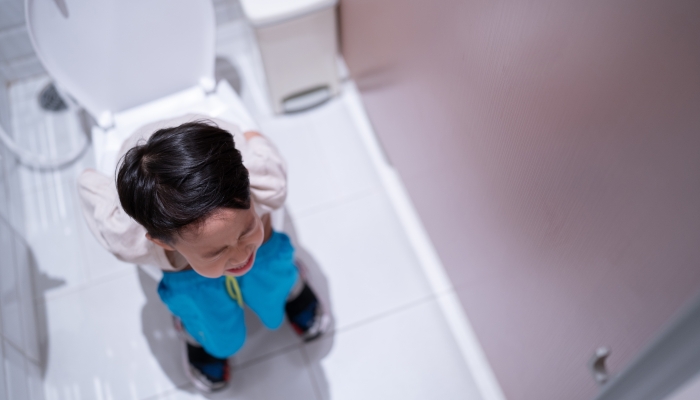
Potty Training
How To Deal With Constipation When Potty Training
Constipation is common amongst children of potty training age. Many children suffer from potty training constipation, but there are things you can do to help.
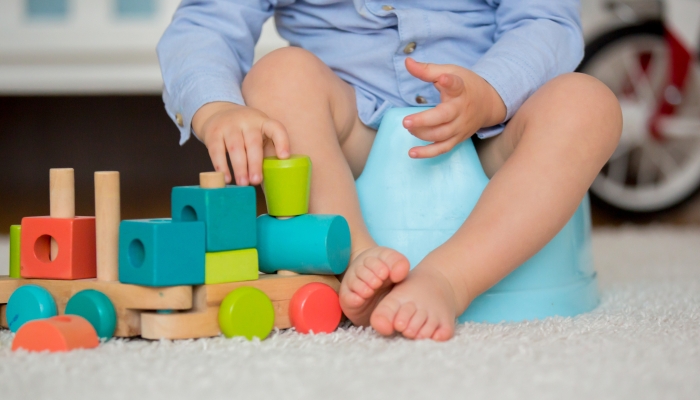
Potty Training
5 Potty Training Games To Make Potty Training Fun
Learning to use the toilet doesn’t have to feel like hard work. There are lots of potty training games you can play with your toddler to make learning fun.